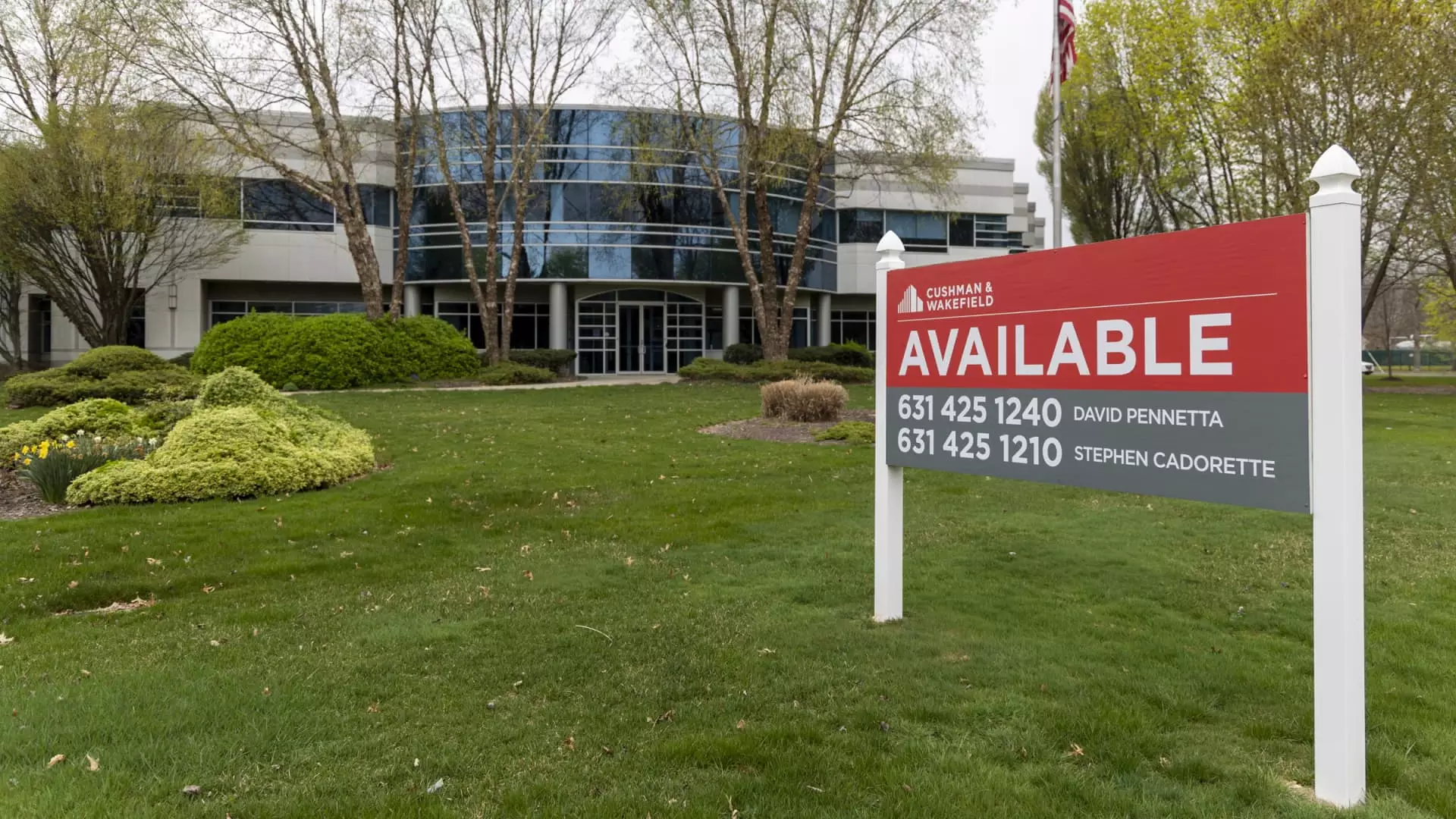The commercial real estate (CRE) sector is at a pivotal juncture, largely influenced by recent changes in monetary policy from the Federal Reserve. As the economy grapples with the ramifications of ongoing adjustments to interest rates, stakeholders within the CRE market are cautiously optimistic. This article seeks to explore the implications of interest rate modifications, current market dynamics, and the divergent futures of various CRE segments.
The Federal Reserve’s decision to commence its interest rate cut cycle in September 2023 marks a significant turning point for commercial real estate. With the Fed reducing the federal funds rate for the first time since 2020 by 50 basis points, the groundwork has been laid for potential revitalization in this sector. Lower interest rates typically facilitate cheaper borrowing costs, which, in turn, could stimulate activity within a market that experienced pronounced stagnation following the disruptions caused by the COVID-19 pandemic. Analysts at Wells Fargo have characterized this policy shift as “the most notable green shoot” for the CRE landscape as it initiates recovery talks that many stakeholders have been eager to explore.
Although lower interest rates are not a definitive solution to all CRE woes, they do foster an environment conducive to reinvigorating transactions. Alan Todd from Bank of America articulates that the psychology of the market is essential; establishing a sense of stability through ongoing rate cuts can embolden borrowers to engage in the marketplace. As the clouds of uncertainty start to lift, the potential for increased refinancing and transaction activity becomes plausible.
Until recently, the CRE sector has experienced significant pressure. Following the Fed’s tightening cycles, a standoff emerged where buyers anticipated lower prices while sellers maintained inflated valuations, causing a paralysis in deal-making. However, there are signs that the market is thawing. During the second quarter of 2024, overall transaction volumes experienced an increase for the first time since 2022, primarily due to resilient multifamily sector activity. According to data from Altus Group, transactions in this timeframe surpassed $40 billion, marking a 13.9% quarterly jump.
The momentum in multifamily sales demonstrates a broader recovery that could buoy other areas of the market. A stabilization in supply combined with rising demand contributes to improved property valuations. Nevertheless, while certain segments show promise, caution is warranted—specifically in the office real estate sector.
Despite recent improvements in office space absorption rates, where net absorption turned positive for the first time since 2022, significant hurdles linger. The office sector continues to contend with rising vacancy rates, heightened by an ongoing shift towards hybrid work models which has eroded traditional demand. The national availability rate now stands at an unprecedented 16.7%, reflecting a landscape where supply continues to outpace demand. Prominent urban markets like Manhattan have reported office visitation rates that remain below pre-pandemic levels, underscoring the struggle for office space rejuvenation.
Wells Fargo’s assessments indicate that while minor gains in absorption represent progress, the trajectory for the office sector appears protracted. Analysts highlight that structural weaknesses, such as high vacancy rates and stagnant rents, will likely prolong the recovery. Areas facing the brunt of remote work adaptations require particular attention, especially as the central business district office prices have plummeted by nearly 50% since 2019.
In contrast to the challenges facing the office segment, multifamily real estate assets exhibit a resurgence of interest and absorption as households increasingly opt for rental over ownership. Despite the boom in multifamily construction, which is projected to exceed 500,000 completed units this year, overall vacancy rates have remained stable, showcasing a healthy balance between demand and supply. Notably, the financial implications of homeownership, with average mortgage payments soaring to 31% above rental costs, reinforce the attractiveness of multifamily housing.
Market analysts from Wells Fargo suggest that demand for multifamily rentals will likely persist in the face of high homeownership costs. The sector has found firm footing, further evidenced by the lack of rising vacancies over the last two years. Nevertheless, despite the significant strides made, it is important to recognise that growth rates within multifamily have moderated from previous heights, reflecting broader economic temperance.
While the commercial real estate market appears to be on the mend following strategic interest rate cuts by the Federal Reserve, the recovery will not be uniform across sectors. The multifamily sector seems poised for growth, while the office segment grapples with lingering challenges. Stakeholders should remain deftly attuned to shifting market sentiments and conditions as the landscape evolves. Though the road ahead may be tumultuous, there is cautious optimism that the right financial strategies, alongside favorable economic indicators, can stimulate substantial recovery within the CRE sector.

